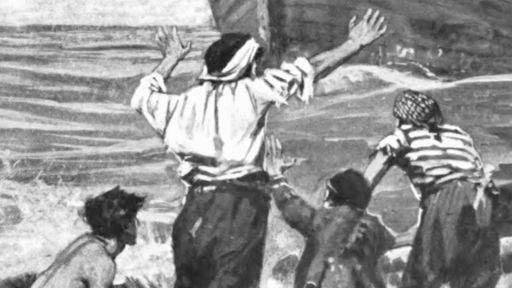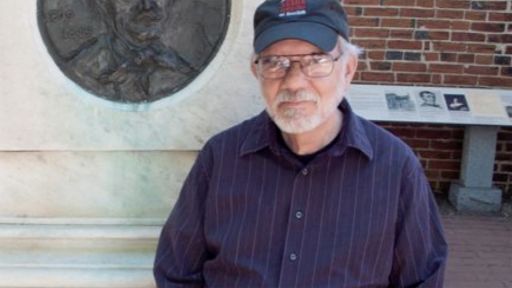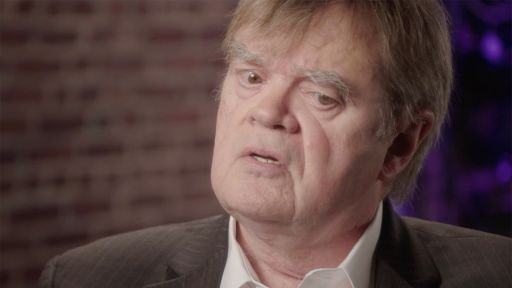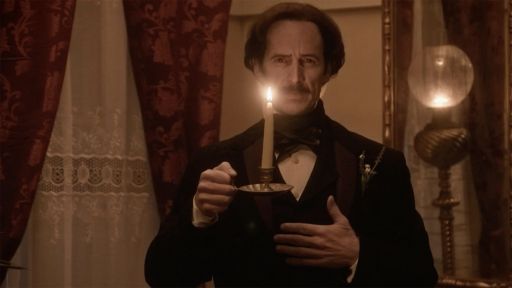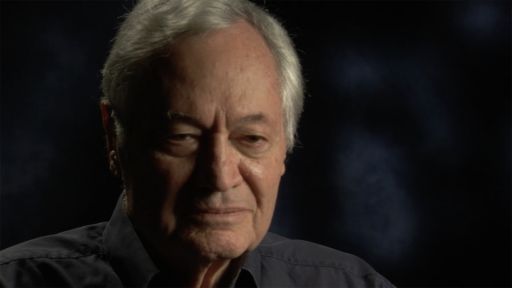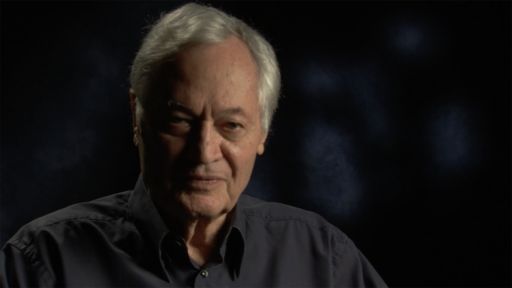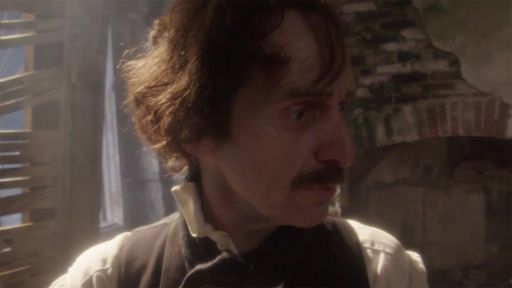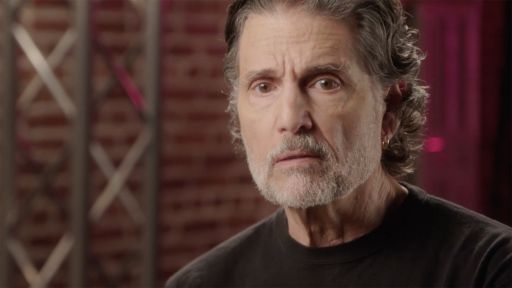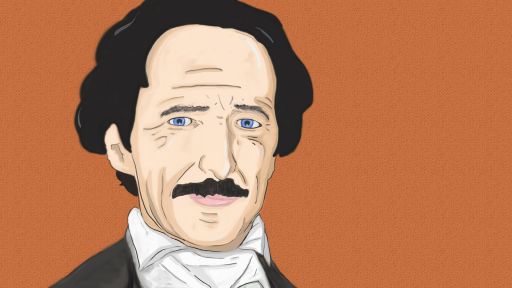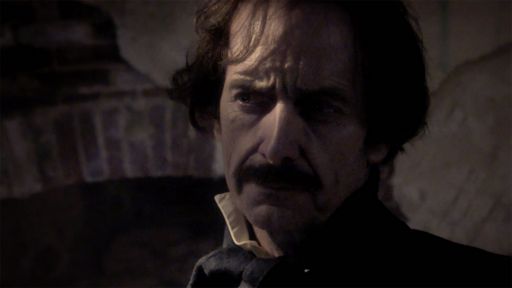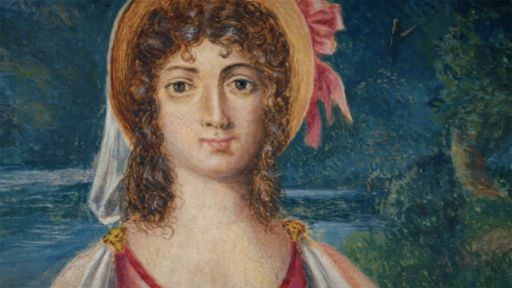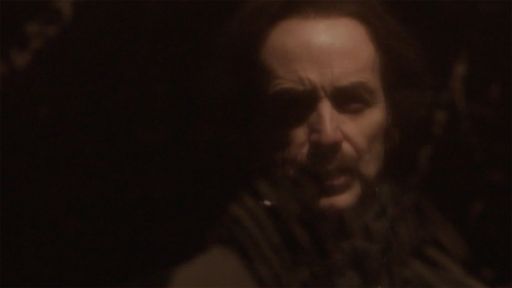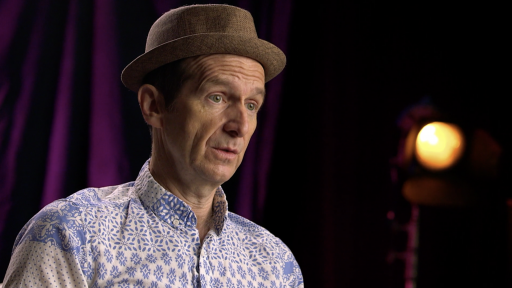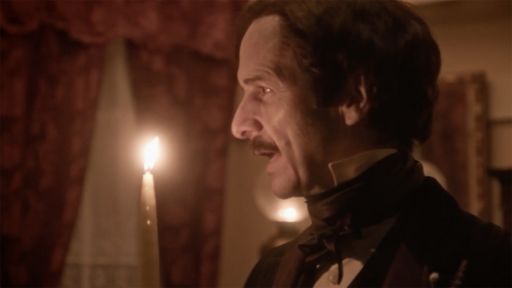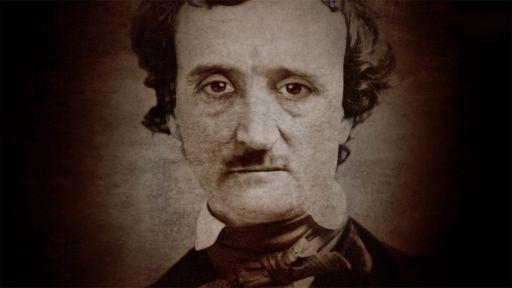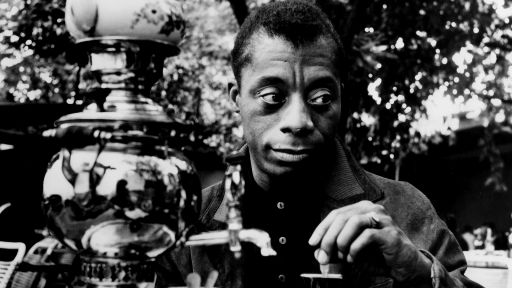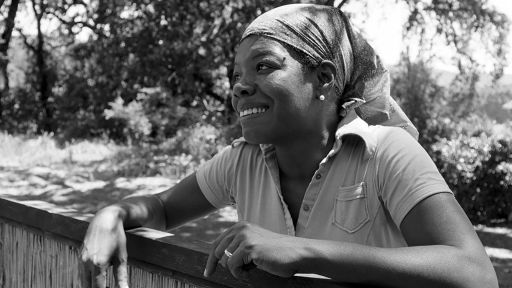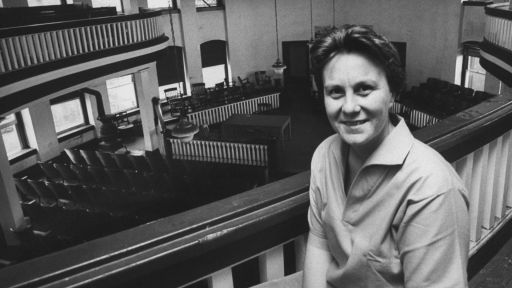TRANSCRIPT
My theory was that if Poe was working with the unconscious mind, the unconscious is not really aware of the outside world. The outside world gives us stimuli through our eyes, our ears - it knows even taste and transmits this stimuli to the unconscious mind which is only aware of the information given to it and is not aware of the outside world. So I felt I wanted to create a dreamlike interior world. For that reason, I shot all of the pictures on a soundstage where I had full control of what I was doing. I very seldom went outside.
Occasionally the story demanded that I have something outside, and occasionally I felt I wanted to open up the picture, and when I did that I deliberately went to places that were more or less unreal. For instance, the opening of 'The Fall of the House of Usher' when the young man rides up on a horse to the house - before we started shooting there was a forest fire in the Hollywood Hills, and a large area was burned out and blackened. I quickly put together I think a three-man crew of a cameraman, a gaffer, whatever. Had Mark Damon, the lead, on a horse and had him ride through this blackened landscape.
Other times I used the ocean. I think the movement of the waves has a certain hypnotic effect, maybe that's where we came from. Maybe the ocean has something within it on the other hand. I followed this theory religiously all the way through and finally just got tired of my own theory and on the last picture, 'The Tomb of Ligeia,' I worked with Bob Towne, a new writer who was a good friend of mine, and I said, 'Bob, we're throwing out all my theories,' - I shot the picture in England - 'We're going into the English countryside and we're going to in broad daylight.' The easy part and the most fun, as it were, were the climaxes.
For instance, in 'The Pit and the Pendulum,' if you want to go back to the Freudian symbols and the symbol of the pendulum moving back and forth and dropping down into the pit is a fairly obvious symbol of a phallus and a vagina, and it was fun to shoot those I remember. As a matter of fact John Carr was under the pendulum and we had that big thing swinging from the ceiling at the top of the soundstage and John said, 'Roger, are you sure that thing is safe?' I said, 'I'll show you John. I'll get under it.' So I get under it and the thing was supposed to come down lower and lower, and I remember thinking maybe this isn't such a good idea, but I didn't want to say that. But I did it and John said, 'Okay, Rogers. You can do it, I can do it.' And we shot it.

